Description
RMS Lusitania was a British ocean liner that was in operation during the early 20th century. The ship was a holder of the Blue Riband, and briefly the world’s largest passenger ship until the completion of her sister ship Mauretania. The Cunard Line launched Lusitania in 1906, at a time of fierce competition for the North Atlantic trade. She made a total of 202 trans-Atlantic crossings.
German shipping lines (Norddeutscher Lloyd and Hamburg America Line) were aggressive competitors in the transatlantic trade, and Cunard responded by trying to outdo them in speed, capacity, and luxury. Both Lusitania and Mauretania were fitted with revolutionary new turbine engines that enabled them to maintain a service speed of 25 knots (46 km/h; 29 mph). They were equipped with lifts, wireless telegraph, and electric light, and provided 50% more passenger space than any other ship; the first class decks were noted for their sumptuous furnishings.
The Royal Navy had blockaded Germany at the start of World War I. When RMS Lusitania left New York for Britain on 1 May 1915, German submarine warfare was intensifying in the Atlantic. Germany had declared the seas around the United Kingdom a war zone, and the German embassy in the United States had placed a newspaper advertisement warning people of the dangers of sailing on Lusitania. On the afternoon of 7 May 1915, a German U-boat torpedoed Lusitania, 11 mi (18 km) off the southern coast of Ireland and inside the declared war zone. A second, unexplained, internal explosion sent her to the seabed in 18 minutes, with the deaths of 1,198 passengers and crew.
Because the Germans sank, without warning, what was officially a non-military ship, many accused them of breaching the internationally recognised Cruiser Rules. It was no longer possible for submarines to give warning due to the British introduction of Q-ships in 1915 with concealed deck guns. (Lusitania had been fitted with 6-inch gun mounts in 1913, although she was unarmed at the time of her sinking.) The Germans justified treating Lusitania as a naval vessel because she was carrying hundreds of tons of war munitions, therefore making her a legitimate military target, and argued that British merchant ships had violated the Cruiser Rules from the very beginning of the war.
The sinking caused a storm of protest in the United States because 128 American citizens were among the dead. The sinking helped shift public opinion in the United States against Germany, and was a factor in the United States’ declaration of war nearly two years later. After World War I, successive British governments maintained that there were no munitions on board Lusitania and the Germans were not justified in treating the ship as a naval vessel. In 1982, the head of the British Foreign Office’s North America department admitted that there is a large amount of ammunition in the wreck, some of which is highly dangerous and poses a safety risk to salvage teams.
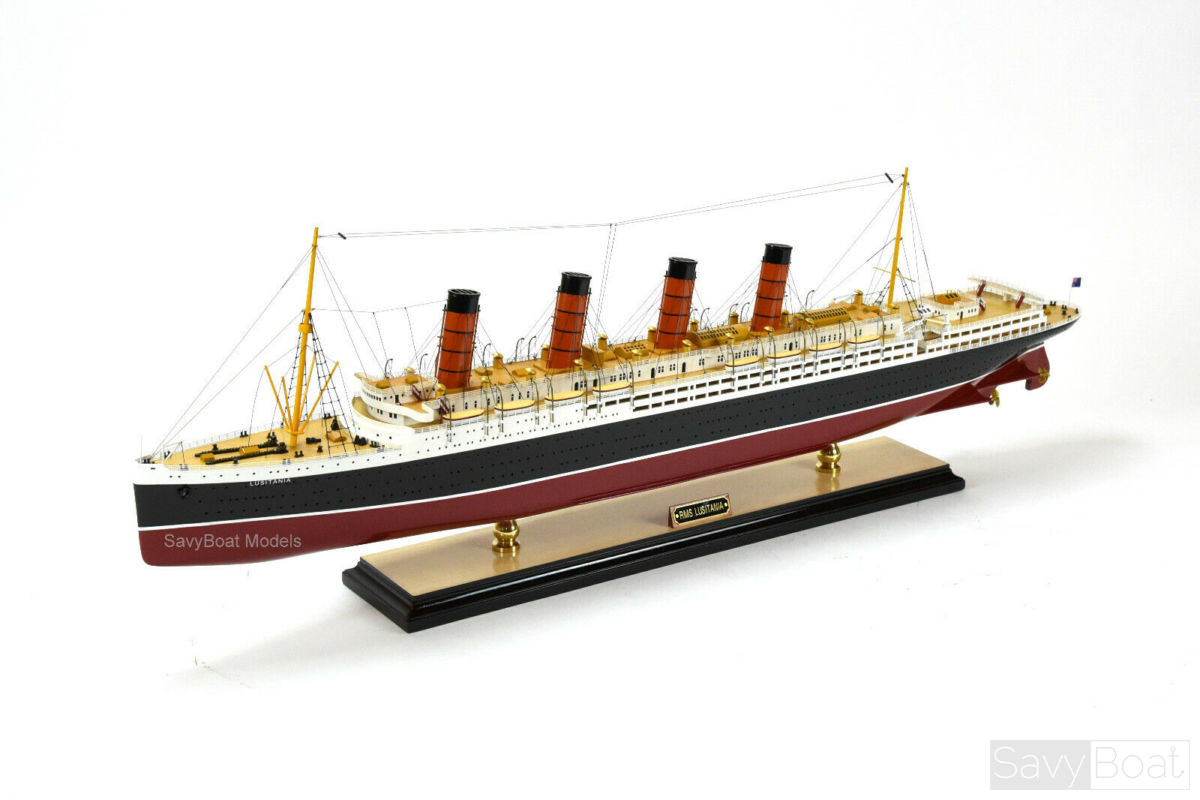
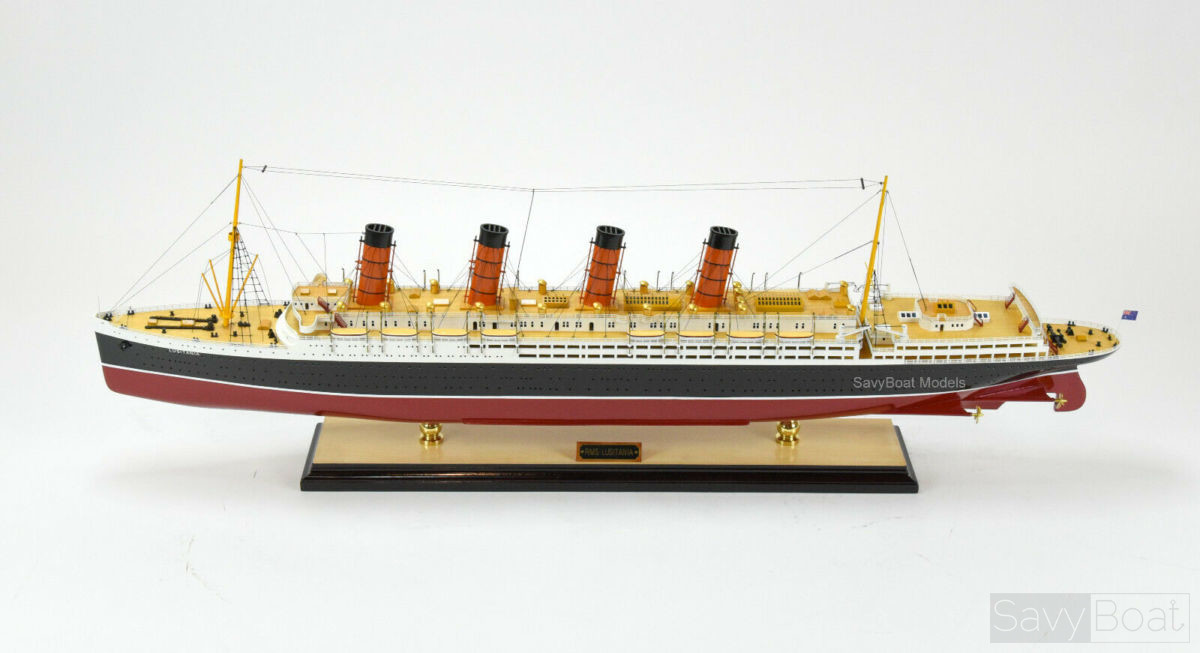
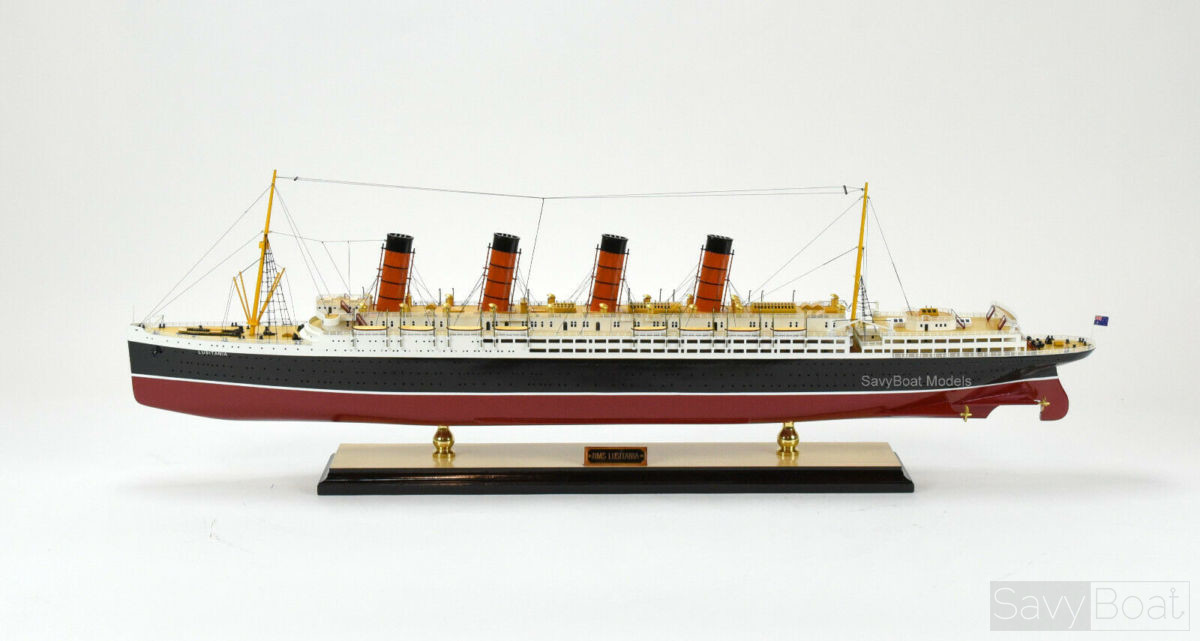

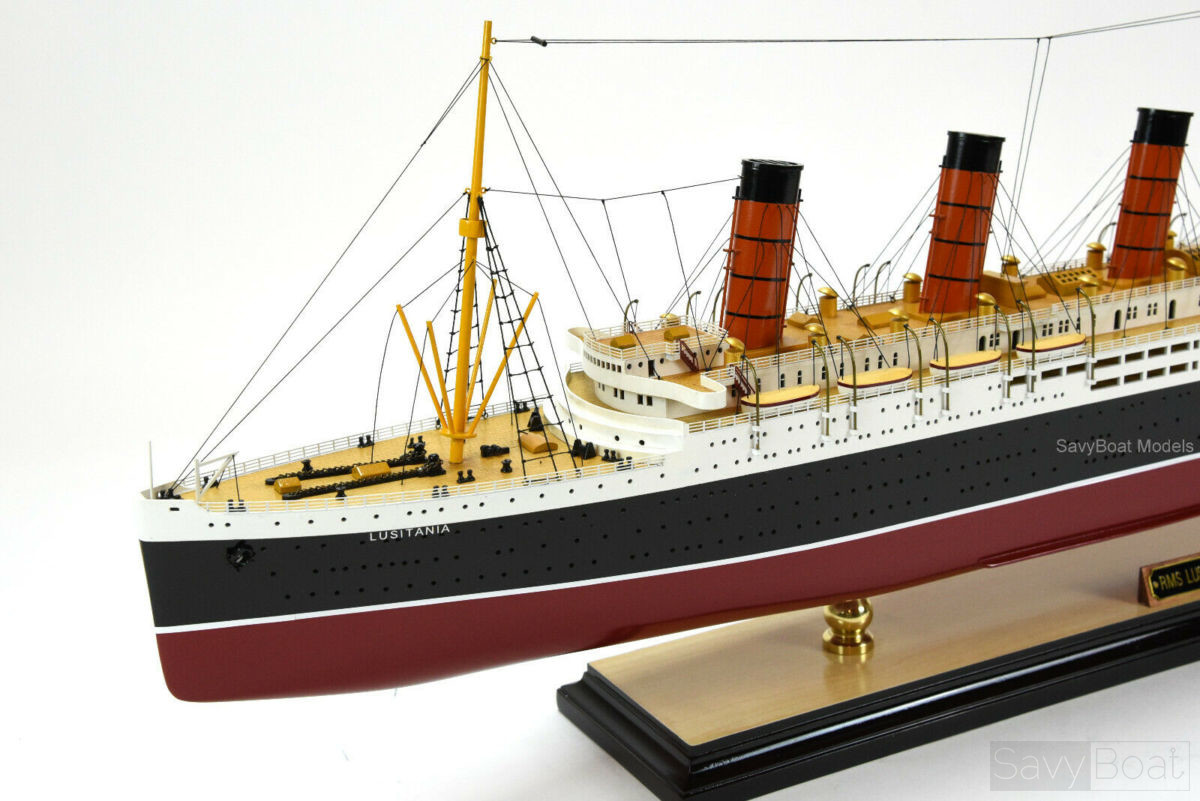
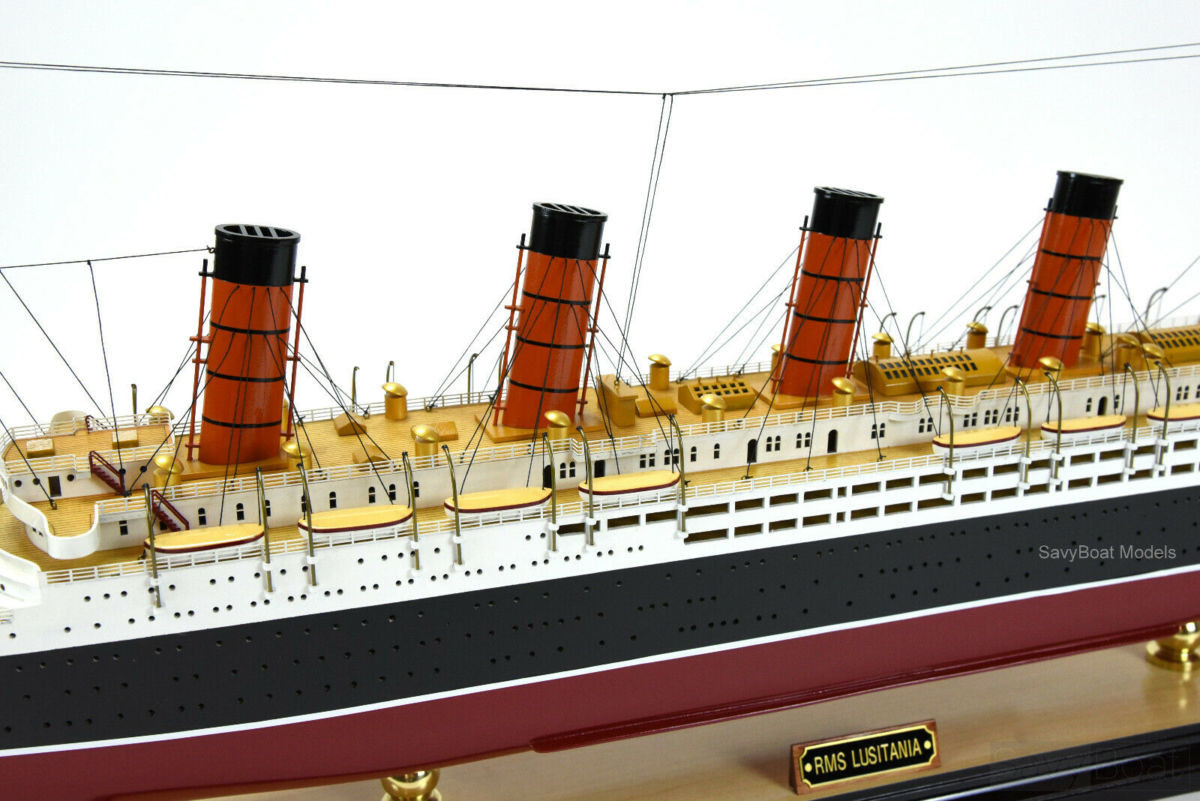
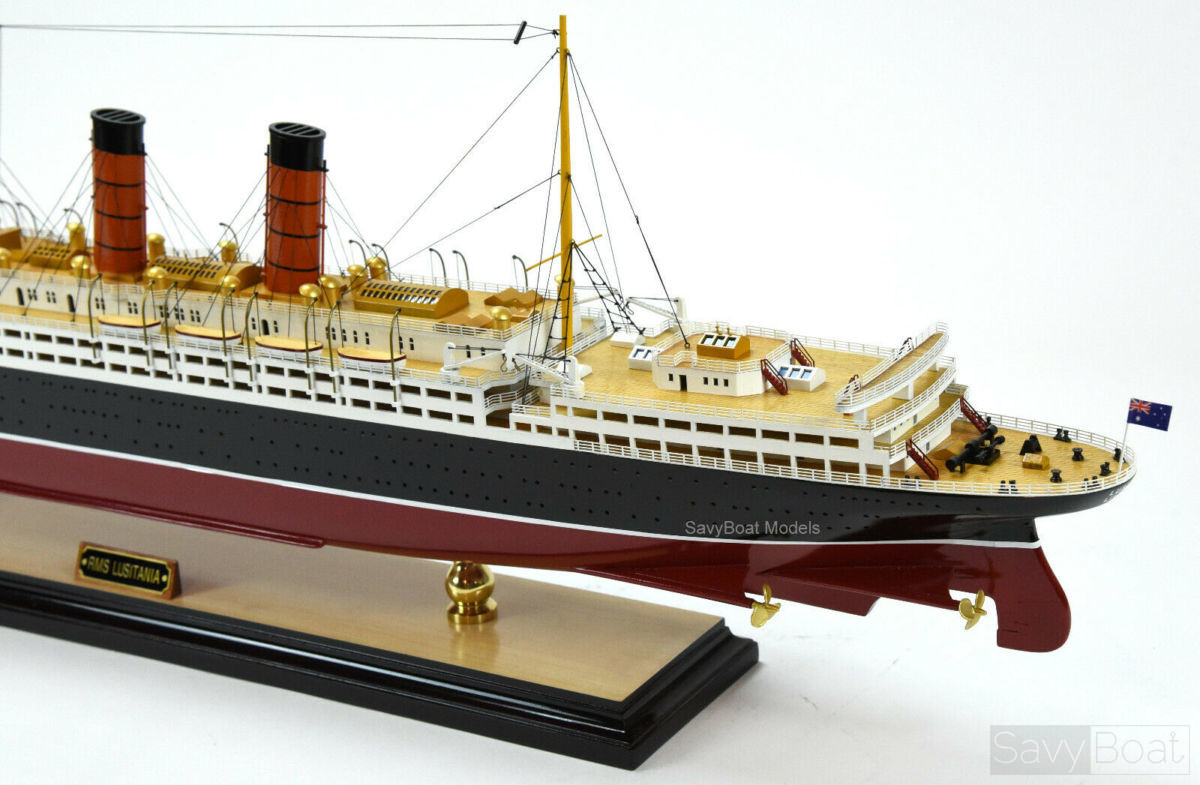
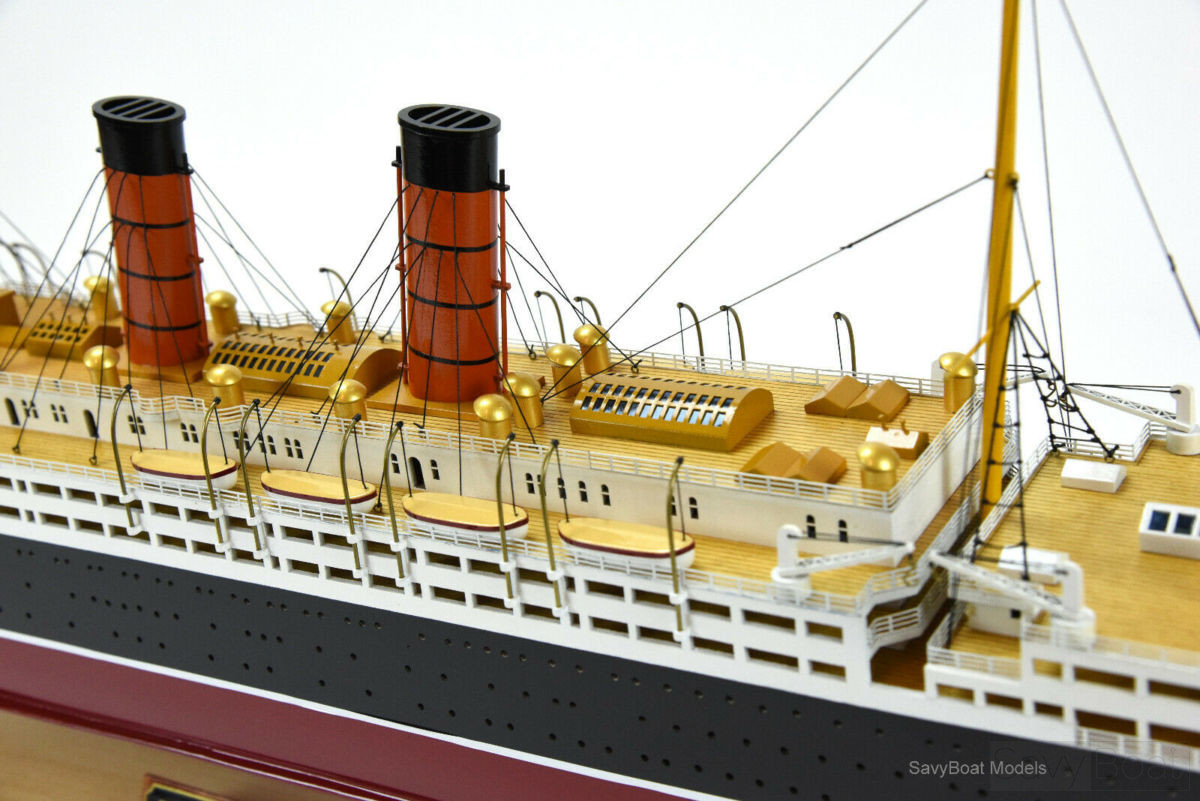
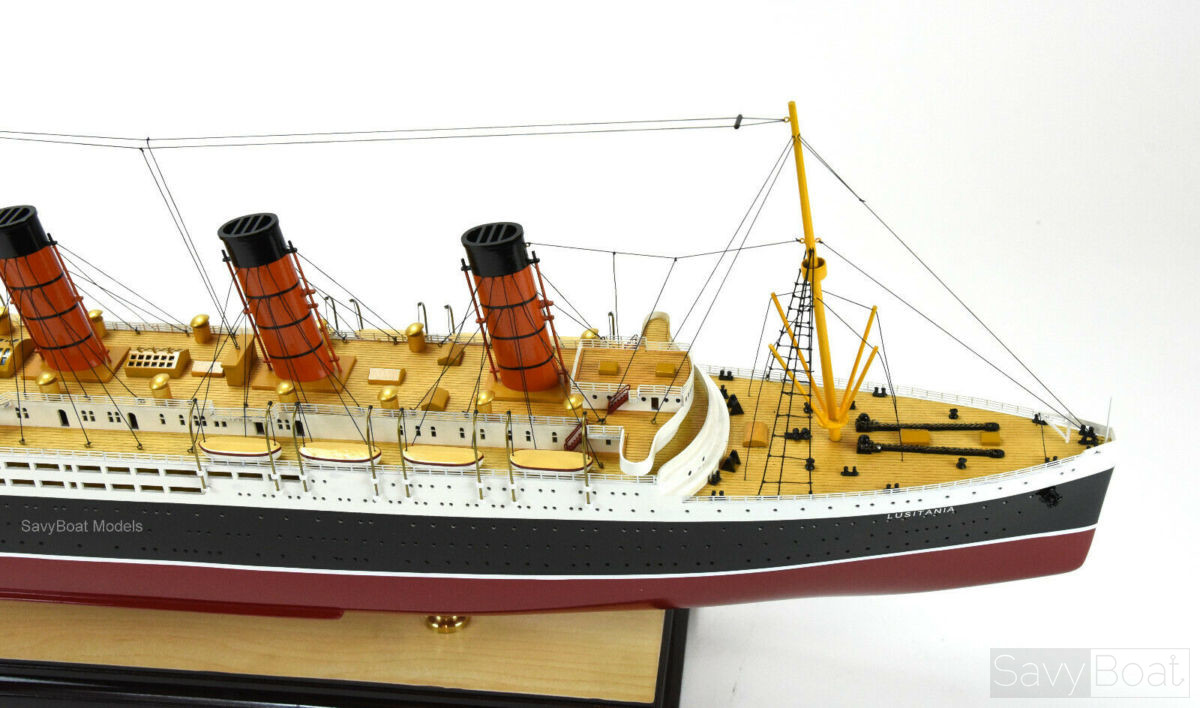
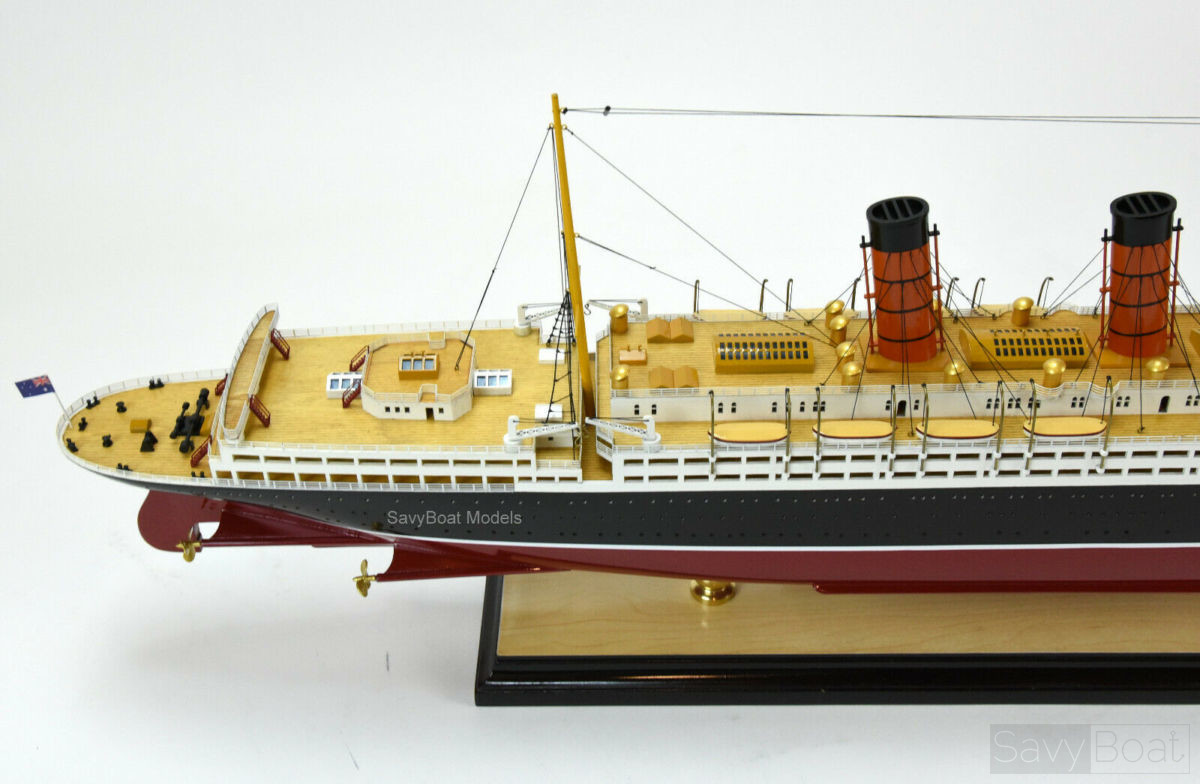
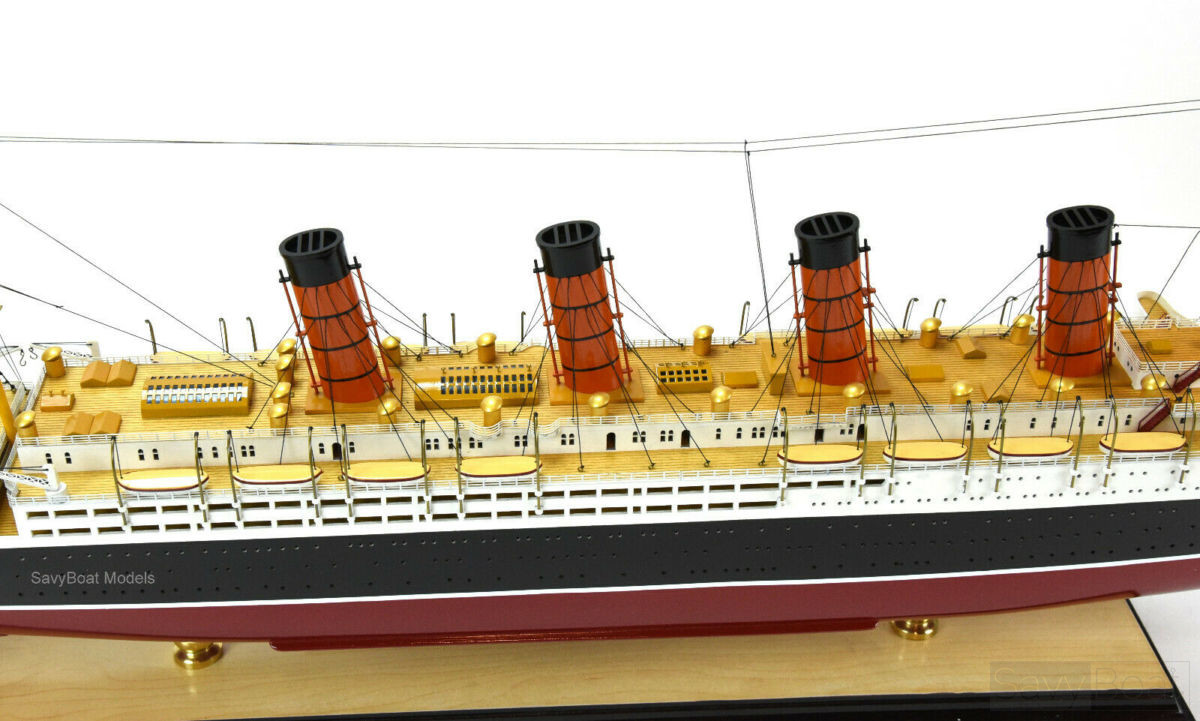
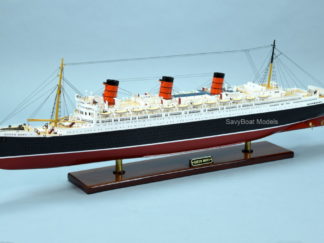
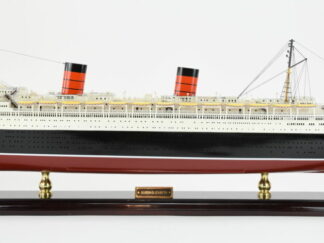
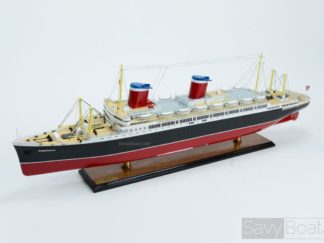
Reviews
There are no reviews yet.